



Feature Story
More feature stories by year:
2024
2023
2022
2021
2020
2019
2018
2017
2016
2015
2014
2013
2012
2011
2010
2009
2008
2007
2006
2005
2004
2003
2002
2001
2000
1999
1998
 Return to: 2014 Feature Stories
Return to: 2014 Feature Stories
CLIENT: IMAGINATION TECHNOLOGIES
Jan. 13, 2014: iPhone Life

The CES show floor this year was chock full of wondrous gear that will enhance your person or home. But to get a glimpse behind the curtain, you need to go off the beaten path, which usually leads me to a stop at Imagination Technologies. Though they downplay some of their A-list tech customers (like, for example, Apple), they always bring superb demonstrations of their latest core IP (like their Pure wireless speakers). Without some of that secret sauce, it is safe to say truly innovative consumer electronics is a tougher proposition. This year they did not disappoint, showing off some dazzling home-connected and wearable tech SoC prototype implementations that are surely destined to be found in much of our future gear.
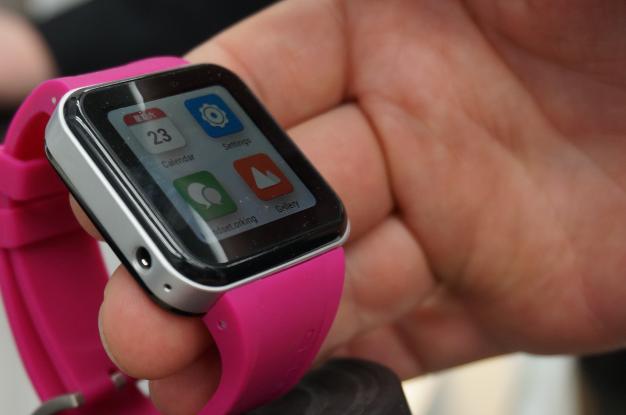
Ok, let's say you want to build a smart watch? Well, besides needing tiny sensors, wireless radio, display, a power source, a processor, and an electronics board to run it all on, you need a thinline processing system to make it actually be a smart watch. You need to build a software framework (and/or maybe run a small Linux or Android distro). To get the most from the hardware for the lowest cost in terms of power, you need an efficient way to implement that software. You want your watch to pack a lot of cool features like email, weather, or tracking without having to be connected to a giant power pack or look like one. Basically you need a key tech-enabler like Imagination Technologies that offers a system on chip (SoC) solution.
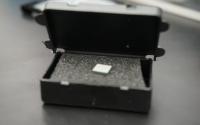

The Imagination Technologies MIPs processor SoC implementations (showing off the latest Ingenic chips at the show) are helping many brands integrate great products that run the gamut from wireless speakers, smart watches, and much more. At CES, we were able to get a close-up of the latest MIPS processors running on prototype smart watch hardware. MIPS processor chips have been around since the late '80s. The instructions set has grown and evolved, but still offers the kind of simplicity and low power profile that embedded devices require. Several market products are sporting these designs, but it is still very cool to see simple telemetry sent to a naked board right there at the show (I know, probably only if you are uber-geeky like me).
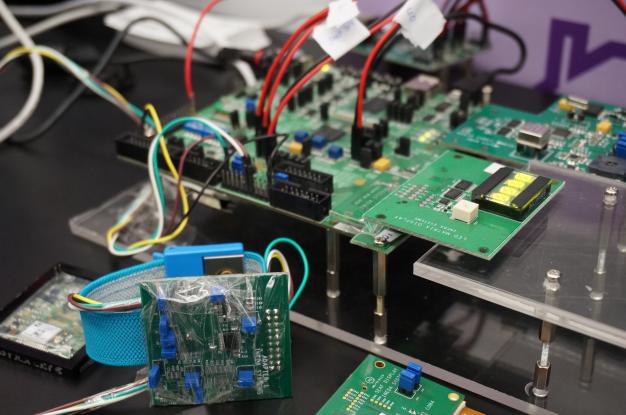
In this case, the booth rep demonstrated how the board was picking up motion from the wearable sensor (hand gestures registered on the LED, etc.). The key here is that prototype uses a mere drop of power to process motion telemetry. Hmm, sound familiar? Whether you need to run a full OS or a simpler implementation, a MIPS SoC has the low-power solution you need to make your smart watch a success!
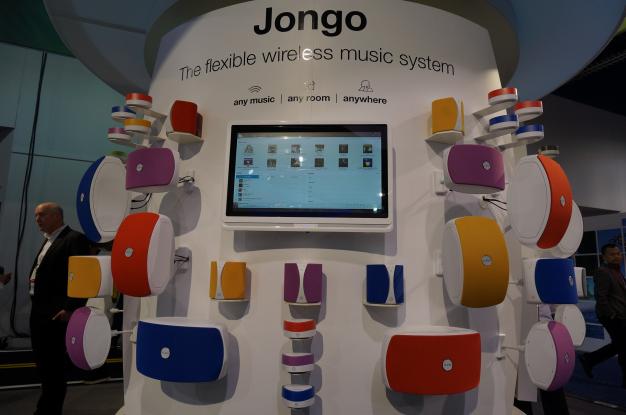
The award-winning Pure line was also a part of their demo display of connected home products, and a great example of how this kind of integration can help a product become a top electronics contender. I have reviewed many similarly connected wireless speaker products, and have been looking for a brand that has taken aim at dealing with latency effectively.
A few years ago, the designers at Pure set out to create a totally portable and wireless rechargeable speaker that connects via multiple wireless protocols, and tames finicky AirPlay configurations. Because of the flexible and powerful nature of the SoC used in their speakers, Pure was able to do this magic with extreme low latency. For you and me, this translates into speakers that respond quickly to input, and can sync your music throughout your home without echoes, music interruptions, or quality degradation. The Pure speakers require no wireless proxy or bridge device, and use an innovative radio design to transmit to each other and keep streaming data intact.
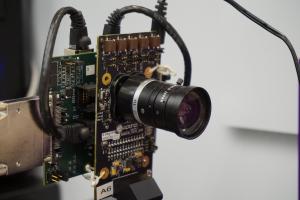
Something new this year: we witnessed the latest PowerVR VXE video processing capabilities in action, which included examples of realtime encode and decode of HD quality video. PowerVR is the graphics processor for the iPhone/iPad, though the reps don't advertise that fact, but many other smartphone and tablet devices on the market similarly benefit from PowerVR. Now it appears Imagination Technologies is making a move toward the media encoding/decoding and transcoding realm, bringing their power-sipping technology to bear on the ever-growing demand for high bandwidth content to be enjoyed on small or large screens.
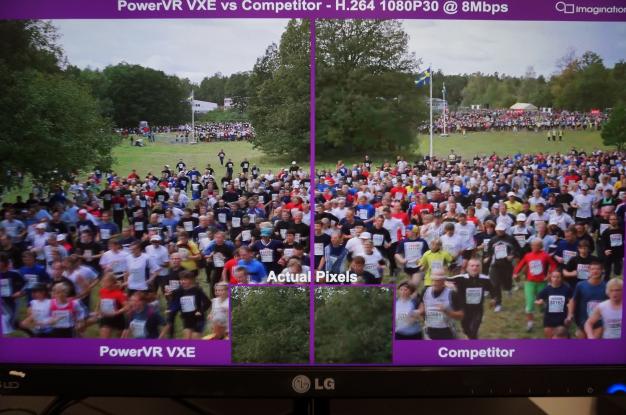
Off-loading compute to the GPU (another trick in the bag that PowerVR graphics brings to the game), as well as leveraging the latest OpenCL/OpenGL APIs, allows developers to create ever-more-detailed, robust games. And more high-res graphic content is possible on our mobile devices while power consumption is reduced. The next generation Rogue series6XT builds on this legacy with even better compression technology and 50 percent faster processing than previous generations.

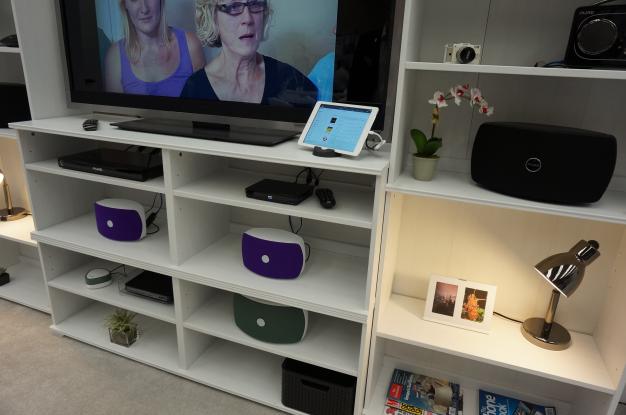
So, what does Imagination Technologies do for you, you might ask? Probably a lot without you knowing it (if you own many smart devices), which I suspect is their aim, but they aren't the only game in town. The STMicroelectronics STM32, a low-powered chip, controls the Pebble for example. You could pick from other SoC implementations to make your watch capable, no doubt, but if it offers little in advanced features, performs badly, or spends power exorbitantly, you will be looking at a significant chance of failure. Imagination Technologies IP is world class in terms of efficiency and capability, and the collection of A-list tech companies that use it's SoC offerings is growing rather long. I would say that trend is not ending anytime soon based on the CES experience this year.
Return to: 2014 Feature Stories